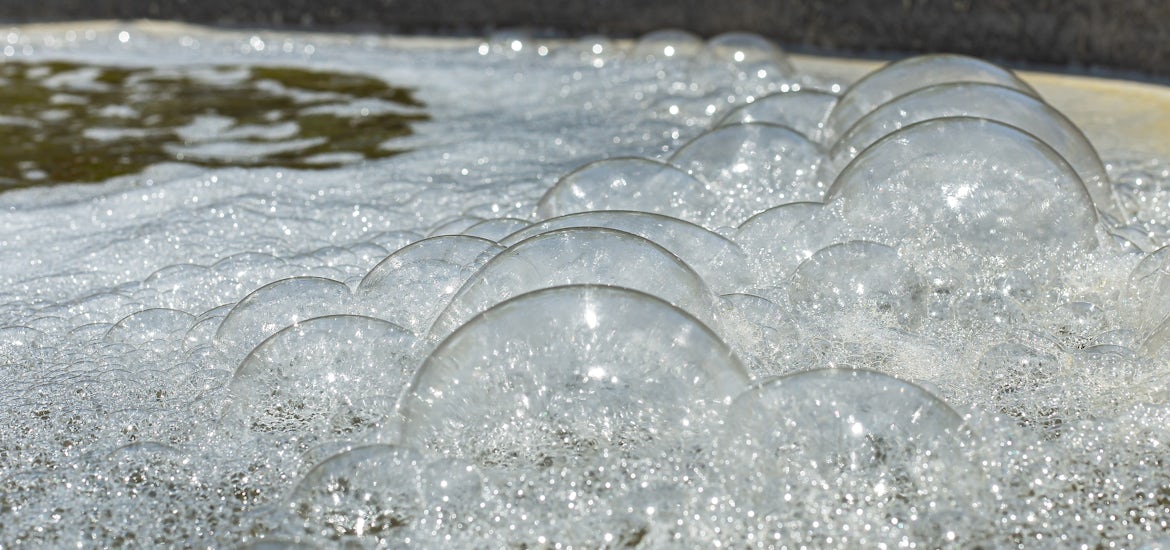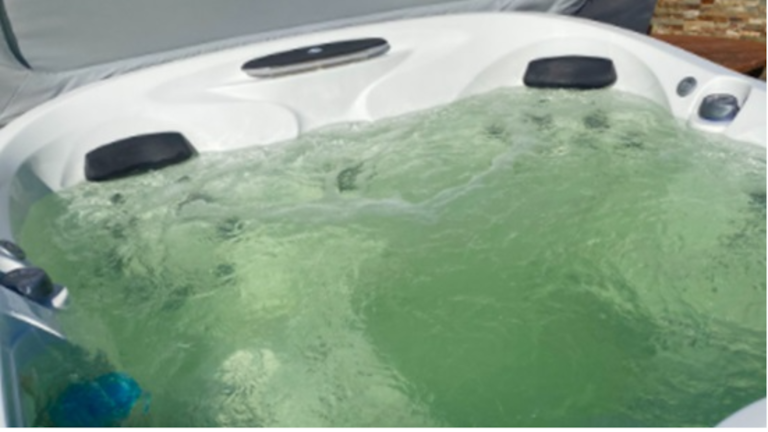Keeping your spa or hot tub water well balanced and clean can be hard enough as it is without pesky phosphates intensifying the common spa pool problems you may be facing.
Although phosphates are simply the naturally occurring form of the element phosphorous, they act as fuel to microorganism growth and contribute to a myriad of problems in your spa water. These can include discoloration of water, and an increased demand for spa pool chemicals such as chlorine and bromine.
If left untreated, algae can also form and feed on the phosphates in your spa water.
Understanding phosphates is an important step to achieving consistently clear and sparkling spa water.
In this article, you'll learn:







